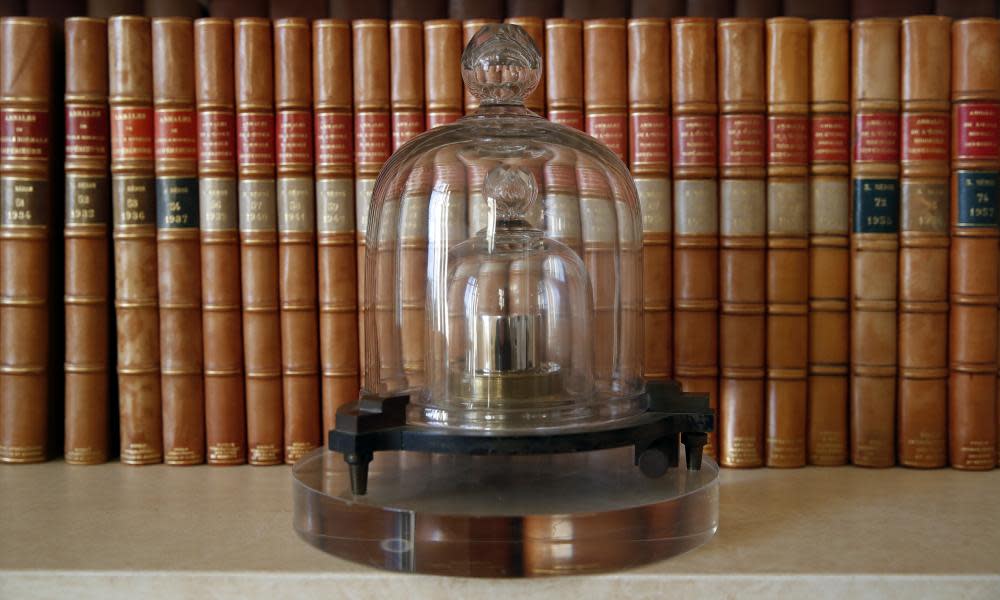UK scientists’ part in redefining the kilogram

The Kibble balance at the heart of the redefinition of the kilogram (Report, 10 November) was invented in 1975, at the NPL in the UK, by the late Dr Bryan Kibble. Bryan and I built two versions of the apparatus. The Mk I played a key part in setting the conventional values of the electrical units in 1990. We then built the Mk II balance, which operated in a vacuum, and was aimed at the 1 part in 100,000,000 uncertainty that we felt was required for the redefinition of the kilogram. It is pleasing to know that the Mk II balance, operating in Canada, has achieved this target and has made a major contribution to the redefinition described in your article.
Dr Ian Robinson
National Physical Laboratory
• Your article omitted the key role played by Reading University’s Professor Ian Mills, who co-wrote the original paper proposing that the weight of the kilo be derived from that of the silicon atom. He chaired the International Bureau of Weights and Measures (BIPM) subcommittee that considered the proposal and, upon its approval, presented it himself to the full BIPM committee. He then retired from a post he had held for 18 years, but will be present at Sèvres for its ratification on Thursday.
David Thorpe
London
• Join the debate – email guardian.letters@theguardian.com
• Read more Guardian letters – click here to visit gu.com/letters
• Do you have a photo you’d like to share with Guardian readers? Click here to upload it and we’ll publish the best submissions in the letters spread of our print edition

 Yahoo News
Yahoo News 
